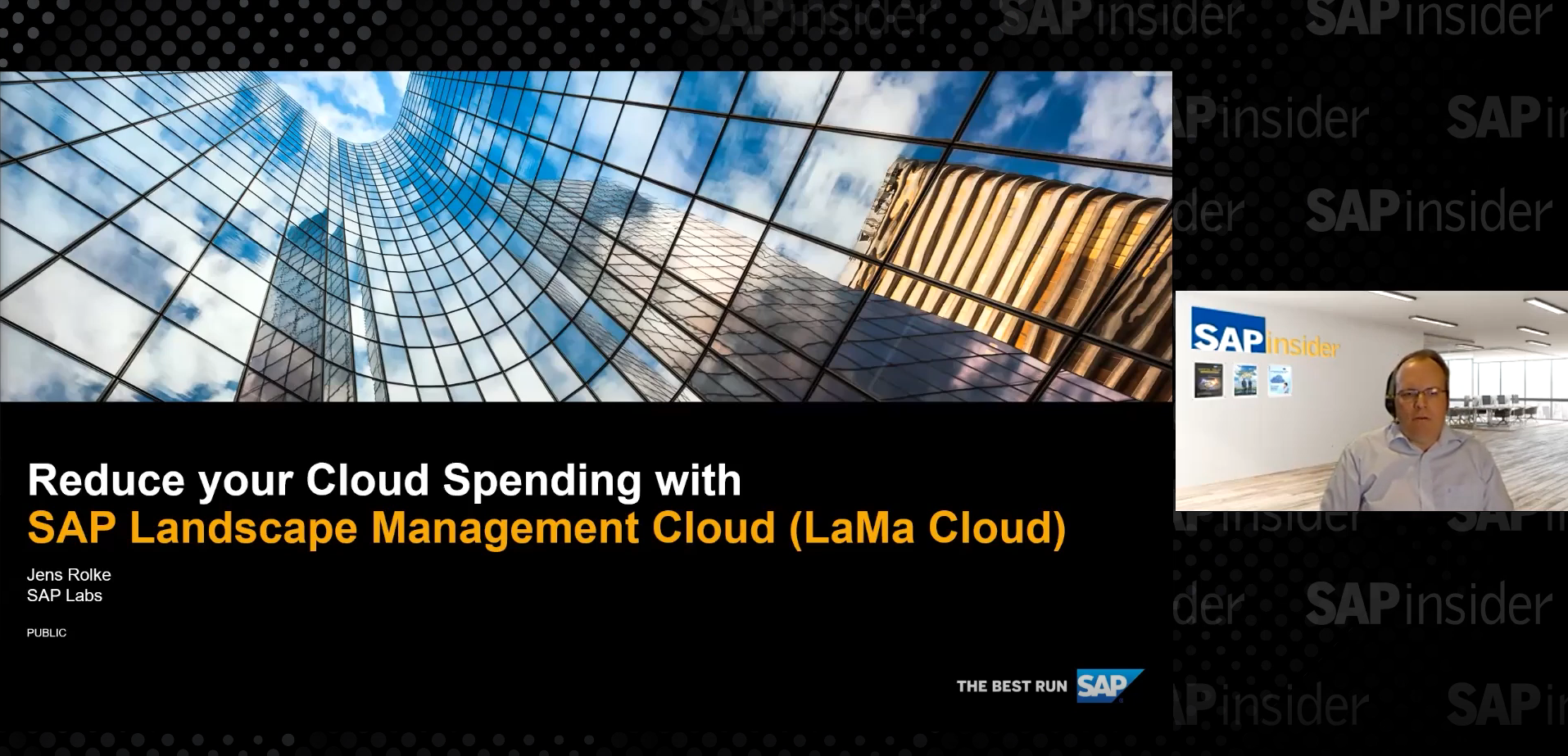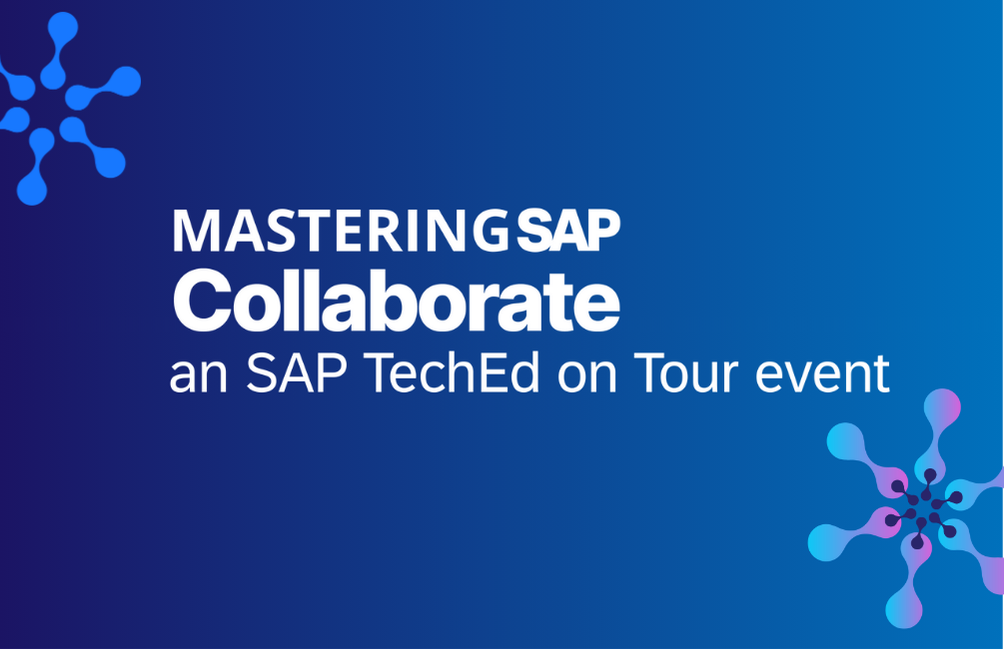Delivery Hero Drives Automation and Scale with SAP Software
Learn How Delivery Hero SE Leverages SAP Cloud Platform and SAP Cloud Platform Integration Suite to Drive High-Growth Global Business
by Craig Himmelberger, Contributing Writer
It’s been 25 years since Pizza Hut’s “PizzaNet” formally pushed food ordering online. But it’s been 125 years since Mumbai dabbawala first federated food delivery, and competition has only become more intense. Flexibility and scale are important ingredients, but quality is also paramount — even without automation, Mumbai’s dabbawala are the equivalent of Six Sigma, with an estimated average of only one error per six million deliveries. So how can a new entrant both establish themselves, and thrive in such a competitive global food delivery climate?
Delivery Hero approaches the challenge by prioritizing a customer-first, flexible, and scalable business model, built on an infrastructure that enables the business to lead in almost every market in which it competes. In its countries of operation (excepting South Korea, Norway, and Canada), Delivery Hero processes more than three times as many orders as all other competitors combined. The business also focuses on service: Unlike “aggregation” specialists focusing on an ordering platform, or restauranteurs adding an online dimension to their preparation business, Delivery Hero takes a hybrid approach that profitably combines restaurants’ “own-delivery” businesses with its internal logistical capabilities from kitchen to door. The result is dynamic, and successful: At scale, Delivery Hero achieves equivalent profit contribution per order whether providing first-party or third-party delivery. This ensures that customers can choose their optimum mix of choice, quality, and savings.
Explore related questions
The Challenge
Building an infrastructure to deliver all this is no easy task. Capabilities must be standardized to achieve economies of scale yet specialized to enable agility in each unique market and city — and all the while be compliant through a remarkable maze of national and local regulations. Delivery Hero’s choices in how to deploy SAP technology can be instructive to others faced with similar challenges.
At Delivery Hero, the list includes a full roster of SAP (including SAP Ariba and SAP Concur solutions) and non-SAP technology (Salesforce, national tax authority collection systems, etc.). Niclas Hoye, Director of Finance Systems at Delivery Hero SE, says of the business, “We’re in a market where competitors offer very similar products, so we always have to be faster and more cost-effective. Our strategy is to be localized. We do a lot of acquisitions, and we believe in markets knowing best themselves how to run their business and what services and products work well for them, so supporting platforms must be very much decentralized. We have several systems running in our landscape which are non-SAP solutions, and we want to keep it that way.”
However, this approach is not without discipline and constant attention to opportunities. Hoye continues, “Our CFO has decided that this decentralization may be fine from a platform perspective, but anything back-office related — such as finance, billing, and procurement — needs a central approach. Our order rate is growing fast. We need an enterprise solution.”
The Move to SAP S/4HANA
Delivery Hero chose to build from a flexible and continuously-available digital core with SAP S/4HANA. Key integrated solutions from SAP Ariba and SAP Concur solutions support rapid onboarding of new drivers and suppliers. SAP Cloud Platform enables integration to third-party technologies. And to get the right information to the right stakeholders to make the right decisions at the right time, Delivery Hero built integrated analytics using SAP Analytics Cloud, SAP BW/4HANA, and SAP Digital Boardroom.
Without time to waste in examining capital investment opportunities, Delivery Hero needed to make its capital expenditure approval processes more rapid, transparent, and intelligent. The company was able to utilize SAP’s business rules service to enable users to configure steps and assign tasks without IT involvement. It further extended the value of the system via SAP Web IDE to design workflow status apps for Apple and Android mobile devices to keep initiators and approvers engaged and informed.
This solution also won a 2019 SAP Innovation Award for process innovation.
Beyond its SAP-based capital expenditure process, Delivery Hero already looks forward to further integration of SAP Concur travel and expense management processes through its central SAP workflow architecture. The business also anticipates the embedding of master data governance workflows for its SAP S/4HANA platform. But the real challenge remains knitting together all the localized and/or non-SAP components that are an essential part of its overall business strategy. For these components, Delivery Hero turns to core SAP elements like SAP Cloud Platform Integration Suite and its SAP Cloud Platform Open Connectors service.
Managing Non-Standard Technology in a Standard Way
Hoye cites a long list of necessary integration elements — including self-developed platforms, Salesforce or Workday systems, other line-of-business solutions, connections to tax authorities, and various bank communications. But, to be efficient, things must be as standardized as possible. “Since our order rate is growing fast, we need an enterprise solution, so we are taking a global approach to build a global finance template,” he says. “Ownership is very much centralized within our finance department, and then each country can add its own unique approach, so when we need to meet local business needs and legal requirements related to tax and to bank regulation, we will have that localization.” The enabling components are all connected within SAP Cloud Platform.
Solving the challenges of rapid growth is important. Originally, billing for orders, and transferal to Delivery Hero accounting systems, could often take days. Observes Hoye, “Our volume is growing super-linearly, and we always need to get faster and faster at this. From up to two days on billing, we’re practically down to two hours, and invoicing PDFs will soon take us down from hours to minutes. We believe we’re on a good wave going forward.”
It’s not just the technical challenges with integration — there are human challenges, too. In the past, Delivery Hero personnel would need to become trained and familiar with several individual systems to accomplish certain tasks. “It was not a very consistent user experience, so that was for us the main driver to say we need something like a central approval engine,” says Hoye. “Now, the user doesn’t need to know if the process is integrated in an SAP Ariba system or SAP S/4HANA — they don’t care. They just know they have to run through an approval step. That’s it.”
Delivery Hero’s other consideration was not to burden the central IT staff with changing business roles whenever approval steps might need to be reassigned. Hoye says, “Giving the business rules to the functional areas was an important requirement.”
Improving the Agility of the Business
Taking a closer look at Delivery Hero’s capital expenditure approval process yields some important insights. Because of the company’s localized approach, there was great complexity in its decision-making process. “Being this kind of company with local entities and intermediary companies on a regional level, sometimes the approval process for new ventures could take a very long time,” Hoye says. “We measured that it could take up to 20 days, which is clearly too long in our business. Now, with our capitalization workflow in place, we’ve brought that down to two days. We took about two months to develop the system, and the benefit is very clear.”
Two months for a rollout of a new workflow function might seem impressive for many companies, but this is a typical cycle at Delivery Hero for even larger achievements. “For our SAP S/4HANA rollout to a new company code, we’re down to about two months, and we can manage several rollouts in parallel,” Hoye says. “Food ordering remains simple — we send an order from a customer to a restaurant, and that’s it. The complexity comes as we need to integrate that order across all these different platforms and local services, taxing authorities, and banking systems. We heavily rely on SAP Cloud Platform Integration Suite services.”
The Final Chapter Is Never Written
Delivery Hero is not content to rely on what has worked in the past. The business is adding high-frequency products like groceries, pharmacies, and flowers through new multi-vertical delivery platforms in key markets. It is also building concept and shared kitchen space in select cities to expand delivery-prepared, good quality food in better quality packaging, leveraging operational expertise to achieve more efficient cost structures that benefit both restaurants and customers. Observing consumer versus aggregator backlash in key global food delivery markets, this recipe will become increasingly important.
Delivery Hero is no less demanding when it comes to its automation that supports this success. Hoye makes some predictions: “We already process over two million orders per day, not all of them now in SAP software, but within one or two years we will have SAP solutions in all our entities. We are already looking to additional vertical businesses, so there will be vertical growth too. We expect to be at 20 million daily orders within the next few years, with SAP postings at about four times that number, so around 80 million SAP postings a day.”
How is Delivery Hero preparing for this, beyond its central SAP S/4HANA and SAP Cloud Platform architecture? “From a future perspective, we are always looking into the newest technology,” Hoye says. “We always want to consider the newest capabilities, and, in comparison to our competitors, have the most effective systems and solutions out there. Also, we want to attract motivated and talented SAP-experienced personnel to the team. We’re looking globally for employees. We have over 50 people on the team from 20 different countries, and we expect to be approaching 100 in Q1 2020.”
It seems like a useful recipe for future success.








